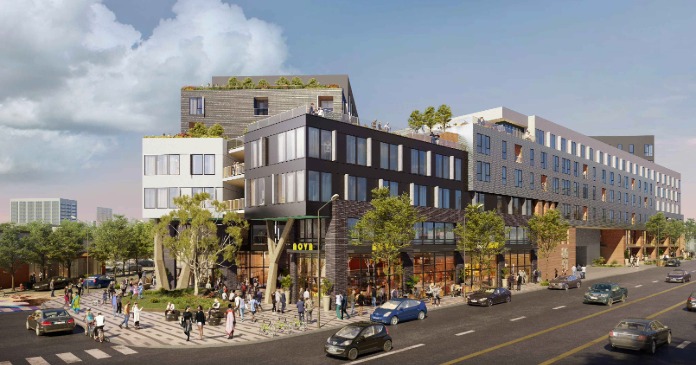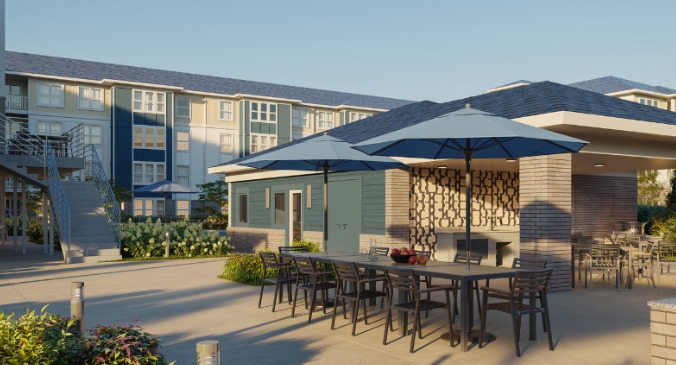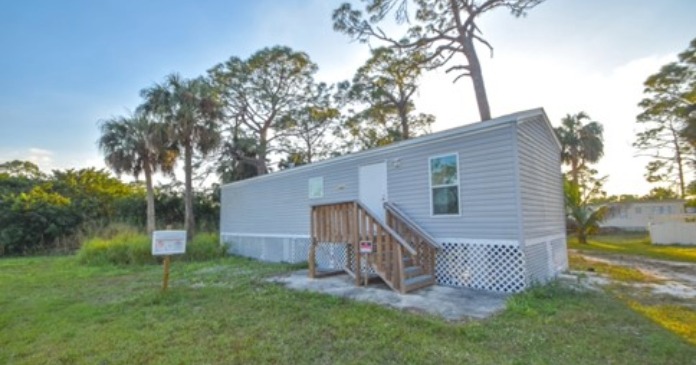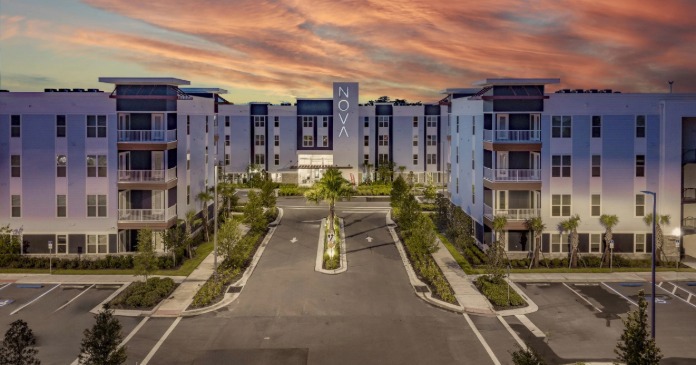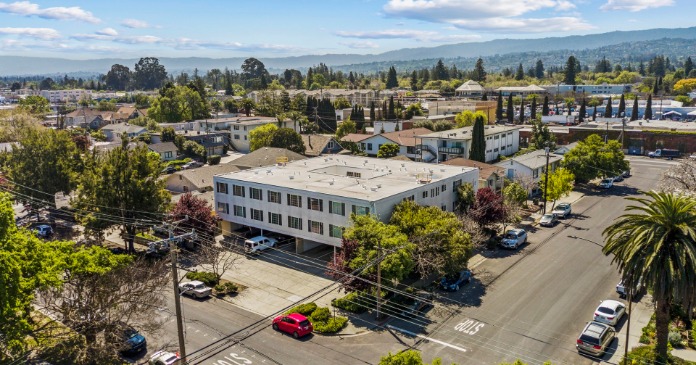In a recent episode of the Walker Webcast, Willie Walker interviewed Dr. Peter Linneman on the current state of the U.S. economy and of the multifamily housing market. Their conversation drew on observations in the latest edition of the Linneman Letter and highlighted both the challenges and opportunities shaping commercial real estate in 2025.
Banks return to lending
At a recent gathering of top commercial real estate investors, speakers observed that, while uncertainty persists—driven by economic, policy, and capital market questions—there is a growing sense that the “fog may be clearing.” Notably, banks have shifted from reducing their loan portfolios to actively seeking new lending opportunities. This change signals a renewed willingness to deploy capital, a critical development for real estate transactions and growth.
Record absorption for multifamily
Multifamily housing emerges as a standout performer in the real estate space. Cities like Washington, D.C., have posted strong residential demand despite reductions in federal employment. President Trump’s order that federal employees return to the office and the influx of government contractors and related firms has offset employment declines, supporting both the office and multifamily sectors.
Nationally, absorption of multifamily units has reached unprecedented levels, with 800,000 units absorbed over the past year and 227,000 units absorbed in Q2 2025 according to RealPage. This surge is attributed to the unaffordability of single-family homes, which keeps would-be buyers in rental housing, and to a persistent shortage of new supply.
Occupancy rates in multifamily properties are near all-time highs, with landlords prioritizing stable occupancy over aggressive rent hikes. Concessions, such as free rent months, remain common but are expected to diminish quickly as supply and demand rebalance. Rent growth could accelerate as these concessions burn off, surprising many market participants.
Another factor impacting rent growth is the high number of properties in the lease-up stage. Even if occupancy in stabilized properties is near 96 percent, as it is now, operators cannot raise rents because of the competition from properties in lease-up. Rather, they are protecting their occupancy rates by moderating their rent demands.
Job and supply growth both matter
The post-pandemic job recovery has been strongest in Sunbelt cities such as Austin, Dallas, and Phoenix. These metros have exceeded pre-pandemic employment levels, fueling demand for multifamily housing. However, high supply in these markets may temper rent growth through 2027.
Conversely, slower-growing cities with tighter supply—such as Detroit and New York—are projected to see stronger rent growth despite modest job gains. The key differentiator is the balance between new construction and demand: markets with limited new supply are better positioned for rent increases, even if job growth is only moderate.
Inflation, construction costs and supply constraints
Inflationary pressures, which surged during the pandemic, have largely abated. Supply chain disruptions have eased, and monetary expansion has slowed. However, construction costs remain a mixed bag. While lumber prices have declined, the costs of gypsum and cement remain elevated due to high demand from ongoing infrastructure projects and strong agricultural demand.
The current cost picture complicates new development, particularly in the multifamily sector. Developers face higher input costs at a time when rents, though rising, may not fully cover these expenses. As a result, new multifamily starts are down nearly 50 percent from pre-pandemic levels, exacerbating the supply shortage.
The ongoing shortage of single-family housing is a problem made worse by restrictive local regulations. Cities like Houston, which have embraced flexible land use policies, stand out for their success in providing affordable housing and reducing homelessness. In contrast, cities with stringent zoning and entitlement processes, such as Los Angeles, have seen affordability worsen and homelessness rise.
Existing manufactured housing communities have also benefited from these dynamics, as scarcity of permitted land has increased their value and appeal.
Government spending and policy impacts
Federal spending and policy initiatives, including post-pandemic infrastructure bills and expanded government contracting, continue to support economic growth and multifamily demand. While federal employment has declined, state and local governments are hiring aggressively, further supporting demand for rental housing.
The webcast conversation also touched on the impact of student loan debt. With millions of borrowers at risk of credit score downgrades due to nonpayment, there are concerns about future access to housing and credit, particularly among younger households. Their parents may also be affected since many of them cosigned the student loans for their children.
Contrary to popular narratives, lower-income households have seen stronger percentage income gains than upper-income households since the pandemic, thanks to tight labor markets and rising wages. These households are often renters, which bodes well for multifamily housing. While absolute dollar gains are larger for high earners, the relative improvement for lower earners is significant. In terms of wealth, gains have been broadly distributed through rising home values and stock market rebounds, though the largest increases in absolute terms remain concentrated among the wealthiest.
Multifamily poised for continued strength
Looking ahead, the multifamily sector appears well positioned for continued growth. Absorption is outpacing deliveries, and the supply pipeline remains constrained. Landlords are expected to shift from occupancy-driven strategies to rent growth as concessions disappear and markets tighten.
Capital is returning to the market, with banks and investors showing renewed interest in multifamily and industrial assets. Transaction volumes are rising, and pricing is expected to respond as more capital chases a limited pool of assets.
One topic not discussed in the webinar is the potential difficulties that multifamily property owners may encounter when refinancing properties at today’s interest rates. However, Dr. Linneman is predicting that the Fed Funds rate will fall 100 basis points by the end of the year, a larger drop than most forecasters are predicting. If this happens, it would likely ease some of the refinancing pressure.
In summary, while uncertainties remain, the fundamentals for multifamily real estate are strong. The sector benefits from demographic trends, supply constraints, and a recovering economy. As the market continues to evolve, the interplay of supply, demand, and policy will shape outcomes for investors, developers, and renters alike.
A replay of the webcast interview is available here.






